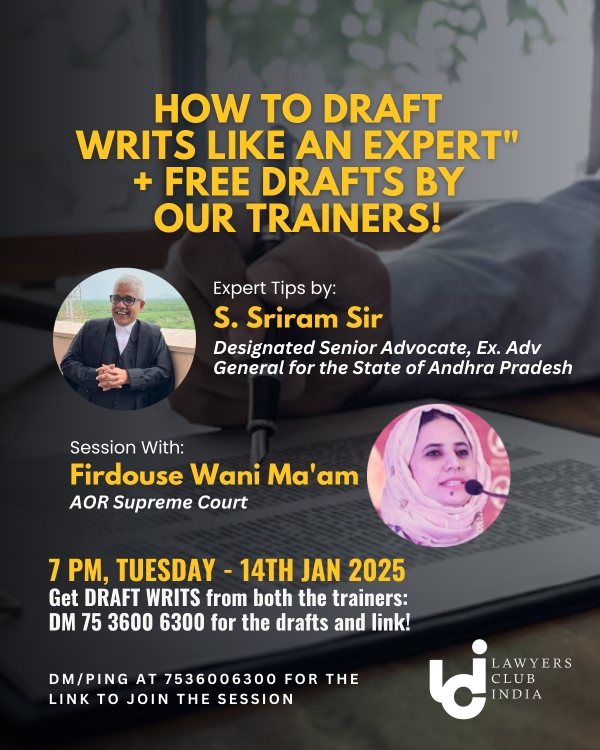In forensic work, photographs and drawings are indispensable. They give more information than several pages of the text. When inserted in autopsy protocol they provide an objective record and add enormously to the weightage accorded to medico-legal testimony.
PHOTOGRAPHS
Photographs should be made of all potentially important medical evidence that can be recorded photographically. It is always better to take more photographs rather than less. Those which illustrate the main features clearly can be retained and others discarded. The total collection can be arranged in the sequence later. Although colour photographs are decidedly superior to the “black and white” the latter are still widely utilised in the medico-legal field. Some Courts do not allow colour photographs in evidence.
AT THE SCENE
A series of photographs should be taken from different angles. If this is done as a routine it would save much subsequent trouble. A permanent record of the scene is preserved and so also of hypostasis that might change when the body is moved to the mortuary. The photograph would document the lie of the body, state of clothing, material grasped in hand, fluids trickling from the mouth, discharges from natural body orifices, blood stains, exact position of weapons, etc.
Photography of the body and wounds should begin preferably with a full length view with a scale in position. If this is not possible, then it should be done in two halves. A full length scale provides a guide to the position of wounds in relation to the soles of the feet. Close-up photographs are taken where necessary. Slender arrows made from cardboard or matchsticks can be used to signify sites of importance.
The concept of flat field photography should be applied to all areas of the body including close-up views to minimise distortion. It is desirable to photograph the whole body or part of the body in recognised standard anatomical positions.
Loss of much useful information results when photographs are not taken. Nothing can give a better perspective of the scene than a photograph with undisturbed body with the knife still stuck in the chest or back, strangling cord round the neck, or an “empty” by the side of a firearm victim for real evidence.
The record of each photograph should include name of the deceased, autopsy number, date, place and time the photograph was taken, and the name of the Medical Officer.
AT AUTOPSY
Photographs are essential to identify the body, to document injuries and their location, to correlate external and internal injuries, and to demonstrate any pathologic process.
Photographs of the organs as they lie in the body cavity show the relative size and the position of the organs. Unfixed organs should be photographed soon after they are removed from the body or else drying, oxidation and haemolysis will produce confusing changes rendering the photograph useless. Normally, the cut surfaces of the interior of organs often reveal more of the disease process than the exterior. Instructive photographs are obtained by posing several gross sections of the organ in a series. Illustrative photo-micrographs should also be prepared for the autopsy protocol.
IN COURT
Photographs help the witness to refresh his memory about the findings. They help the court to understand the testimony in proper perspective. Relevant photographs enhance the credibility of evidence especially in regard to those observations and interpretations supported by them, eg., tailing of an incised wound indicates its direction; the height and appearance of a firearm entry wound indicates the angle of fire; and the blood trail indicates the path followed by the victim.
DRAWINGS
When photographic facilities are not available a drawing or sketch can serve the purpose. In some situations a drawing or sketch can be more effective than a photograph as it may emphasize salient features and omit the distracting ones. A diagram of an aneurysm of the Circle of Willis for example adds much to the autopsy protocol.
Printed charts of body outlines and organs can effectively incorporated in the autopsy protocol. Appropriate marks may be made in the sketches to demonstrate the lesion. The legend may indicate the significance of the marks.
Depending upon the scene of crime, the sketch is drawn.The sketches can be further divided as follows:
- Floor Plan
- Elevation Drawing
- Exploded View
- Perspective View
Floor Plan: It is most commonly used sketch. The other prevalent name is bird's eye view. The items are drawn on a horizontal plane.
Elevation Drawing: These sketches portrays vertical plane, such as blood stain patterns on a vertical surface.
Exploded View: It is a combination of Floor Plan and Elevation View. This type of drawing is usually considered a floor plan.
Perspective Drawings: This is most difficult type of drawing. It is usually done via 3-D. It is used infrequently. This drawing requires some artistic skills.
The drawings/ sketch can be used for the following:
- record location and relationships of evidence
- refresh memory of investigator
- supplement other records
- eliminate confusing and unnecessary details
- assist later understanding of crime scene(s)
- assist in questioning of suspects or witnesses
- assist in correlating testimony of witness
IN COURT
The court looks into the sketches and drawings of the experts. The forensic artists can be called upon in the court for witness. They are called as expert witnesses because they possess all the special knowledge of art and forensic sciences.
As expert witnesses, artists can generally give their opinions and views about the sketch or other form of art to help prove a case. Sometimes, artists are called to the stand by the prosecution or sometimes, they are called by the defense. Either way, they may be asked to explain and defend their own art to the jury. The purpose of forensic art is to aid in the identification, apprehension, and conviction of criminal offenders.
By: Navin Kumar Jaggi & Sayesha Suri
Join LAWyersClubIndia's network for daily News Updates, Judgment Summaries, Articles, Forum Threads, Online Law Courses, and MUCH MORE!!"
Tags :Others











